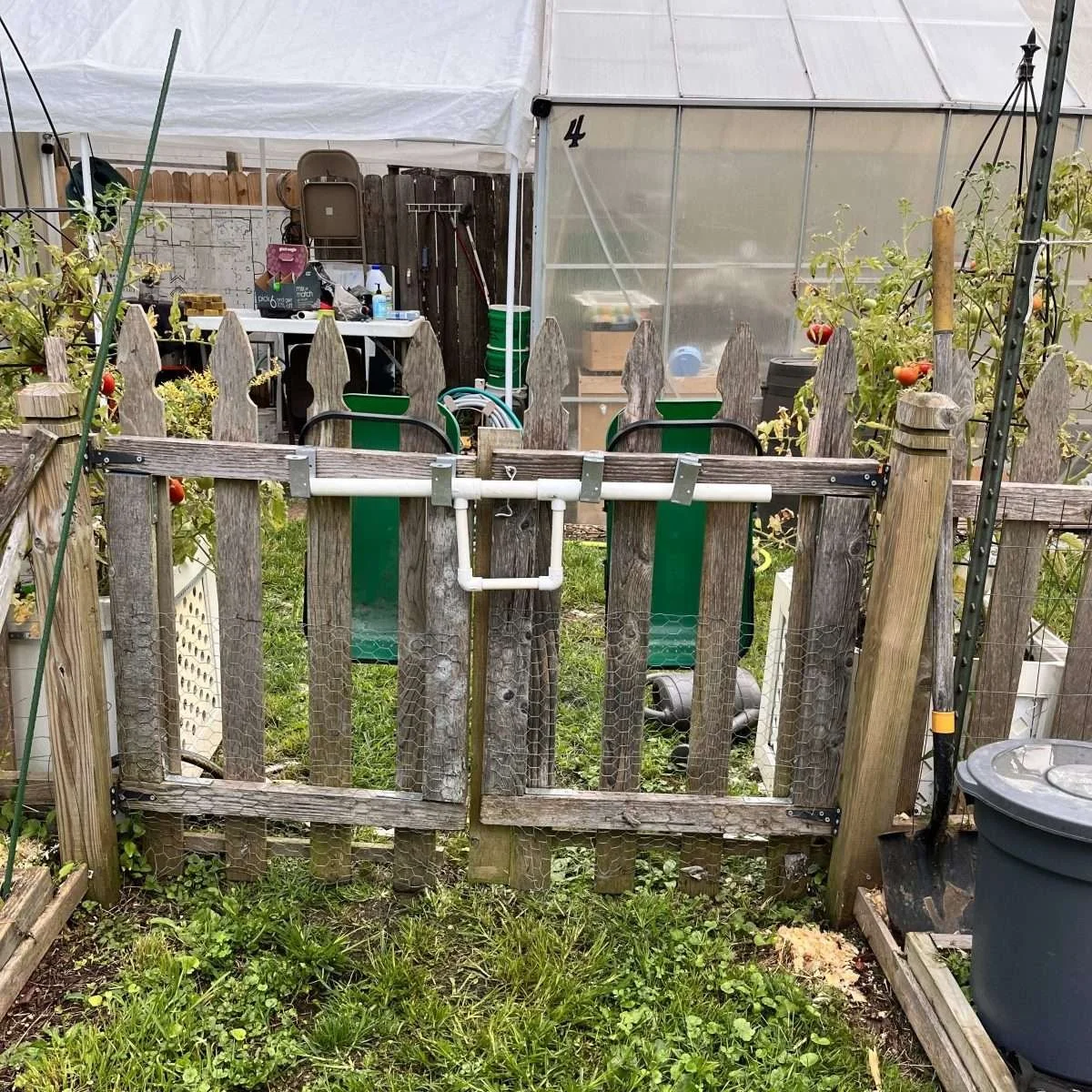Design Challenge: Build a Gate
Design Challenge: Build a Gate

In this design challenge: build a gate we discuss the design, implementation, and constraints of a gate. We will explore all aspects of the gate. We'll look at pattern, structure, and process to function, locking and hinges.
What Are The Basics?
When we think about gates is the open and close, locking, and unlocking the most important part? Are all gates the same? How are they different?
Take the time to research the words gate and fence. In English they can mean many things! How many definitions of gate and fence are their, even homonyms!
When a gate is closed is it then part of the fence or is it still a gate? Can we have a gate without a fence? Do gates have to close to be considered a gate?
The Challenge
Materials
- Timer
- Three Types of Materials (Cardboard, wood, steel)
- Fasteners (String, Bolts, Pipe Cleaners)
- A pre-built armature to mount a gate to
- Duck Tape
Directions
- Each team will be given a set of materials and a whiteboard
- The problem is: How do we protect baby ducklings from escaping and getting eaten by hawks?
- The team will have 10 minutes to brainstorm and start to build.
- After 10 minutes, all hands go up and the object is COMPLETELY disassembled and then each team switches.
- They will then have 7 minutes to build their object. After that seven minutes, the hands go up and the team must again disassemble that object.
- After that 7 minutes, teams switch again and now they will be given 5 minutes to construct this new object. They can be not be talking to or help offered by each team.
- After 5 minutes, hands go up and we will consider the state of construction.
The team with the most successful builds is the winner of the design challenge. The team with the least successful builds will be asked to give a five minute presentation to the entire camp on why they were unsuccessful and what they plan to do to become better. Remember to use the Design Cycle!
Educational Outcomes
The goal here is teamwork and learning to adapt and modify on the fly.
Given a set set of materials students in each team will have 10 minutes to consider a group of objects and figure out how the items go together. In addition to building they must also observe other teams building to determine the fastest way to build that next item.


